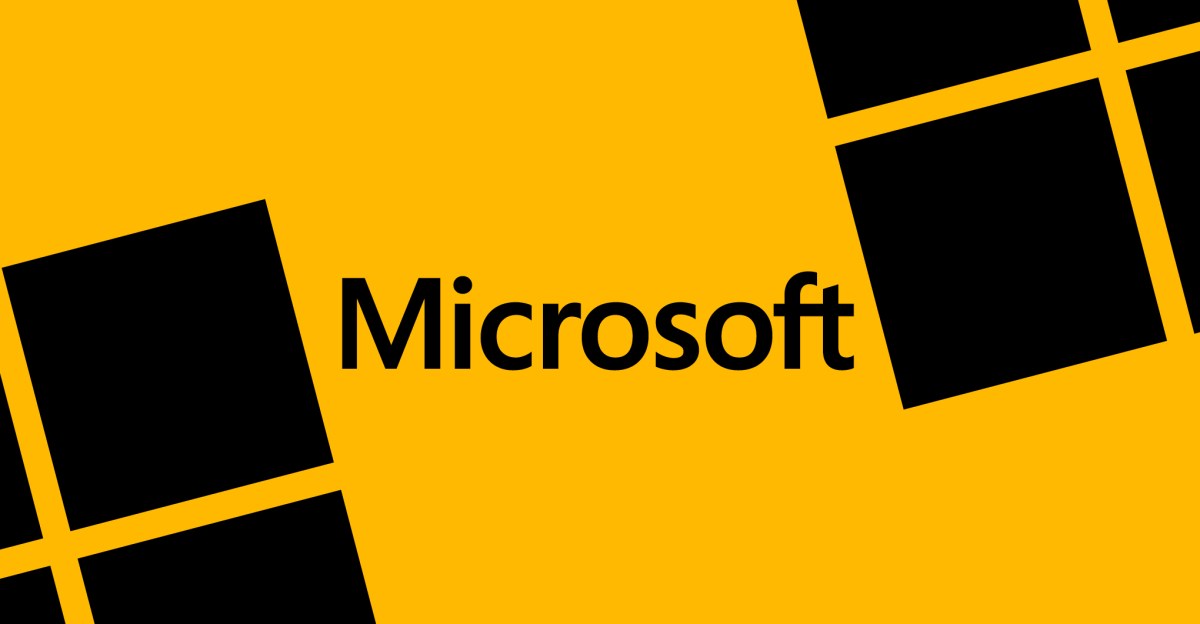Microsoft Delays Automatic Sign-In Feature: Understanding the Decision
In a surprising move, Microsoft has announced a delay in the rollout of its highly anticipated automatic sign-in feature for user accounts. This decision has left many users curious and concerned about what it means for their experience with Microsoft products. As the tech giant navigates the complexities of user privacy and security, the implications of this delay are worth exploring. In this article, we’ll delve into the reasons behind Microsoft’s choice, the potential effects on user convenience and security, and what the future may hold for user authentication in the digital landscape.
The Automatic Sign-In Feature: A Brief Overview
The automatic sign-in feature was designed to streamline the user experience across Microsoft’s vast ecosystem, which includes Windows, Office 365, and various cloud services. This feature aimed to allow users to log in seamlessly without the need for repeated credential entry, thereby enhancing convenience and productivity.
Imagine a scenario where you jump from your laptop to your smartphone, and with a simple tap or click, you’re instantly logged into your Microsoft account, ready to access your documents, emails, and applications. Sounds convenient, right? This feature was expected to be a game-changer, particularly for users who frequently switch devices or use multiple Microsoft services throughout their day.
Reasons Behind the Delay
Despite the promising benefits of the automatic sign-in feature, Microsoft has chosen to pause its implementation. The reasons for this decision appear to stem from a combination of privacy concerns and the need for further refinement of the technology involved.
1. Privacy Concerns
One of the primary reasons cited for the delay is the heightened awareness and concern surrounding user privacy. With the rise of data breaches and increased scrutiny over how companies handle personal information, Microsoft is taking a cautious approach. Users are becoming more wary of features that could potentially compromise their security, even if the intention is to enhance convenience.
Microsoft’s commitment to privacy has been evident in its recent policies and updates. The company has made strides to ensure that user data is protected and that users have control over their information. By delaying the automatic sign-in feature, Microsoft is likely prioritizing user trust and the integrity of its security protocols.
2. Technical Refinements
Another factor contributing to the delay could be the need for technical adjustments. Implementing automatic sign-in requires robust infrastructure to ensure that the feature works flawlessly across all devices and platforms. Any bugs or vulnerabilities detected during testing could pose risks to user accounts, prompting Microsoft to pause the rollout until they can guarantee a secure and reliable experience.
Implications for User Convenience
The delay of the automatic sign-in feature brings with it a mixture of convenience and inconvenience for users. Here are some potential implications:
- Continued Manual Sign-Ins: Users will have to continue manually entering their credentials, which can be cumbersome and time-consuming, especially for those who frequently switch between devices.
- Reduced Friction: On the flip side, the absence of automatic sign-in may lead to fewer concerns about unauthorized access, as users are more aware of their login activities.
- Potential for Future Features: The delay may allow Microsoft to refine and enhance the feature, potentially leading to a more secure and user-friendly experience when it is eventually released.
Security Perspectives
While the automatic sign-in feature is designed to enhance convenience, it also raises important security questions. Here’s how the delay might influence security considerations:
1. Risk of Unauthorized Access
Automatic sign-in can pose a risk if devices are not properly secured. If a user’s device is lost or stolen, automatic login could give unauthorized individuals access to sensitive information. By delaying this feature, Microsoft is likely addressing these security concerns to ensure that users are protected from potential breaches.
2. Two-Factor Authentication (2FA)
Microsoft has been a strong advocate for two-factor authentication (2FA) as a means of enhancing security. With the delay of automatic sign-in, users may be encouraged to adopt 2FA more readily, adding an additional layer of protection to their accounts. This approach aligns with best practices for online security and helps users feel more secure in their online activities.
3. User Education
The delay provides an opportunity for Microsoft to educate users on best practices for account security. By focusing on awareness and improving security literacy, users can better protect their accounts, whether or not automatic sign-in is in play.
The Future of User Authentication
As Microsoft navigates this decision, many are left wondering what the future of user authentication will look like. Here are some potential trends we might see:
- Biometric Authentication: With advancements in technology, biometric authentication methods like facial recognition and fingerprint scanning could become more prevalent. These methods offer high security while maintaining ease of use.
- Adaptive Authentication: Future systems may employ adaptive authentication techniques that assess the risk level based on user behavior and context. This could lead to a more nuanced approach to security, balancing convenience and safety.
- Single Sign-On (SSO): The concept of single sign-on could gain traction, allowing users to log in once and gain access to multiple applications without repeated sign-ins.
Conclusion
Microsoft’s decision to delay the automatic sign-in feature reflects a broader commitment to user privacy and security amid a rapidly evolving digital landscape. While this delay may momentarily inconvenience users, it ultimately allows for a more thoughtful approach to the integration of such features. As technology continues to advance, we can expect Microsoft to find innovative solutions that prioritize both convenience and security, paving the way for a more seamless user experience in the future.
In the meantime, users are encouraged to stay informed about their privacy settings and embrace robust security practices to protect their accounts. The future of user authentication is undoubtedly exciting, and with careful consideration, Microsoft is poised to lead the way.
See more Future Tech Daily

